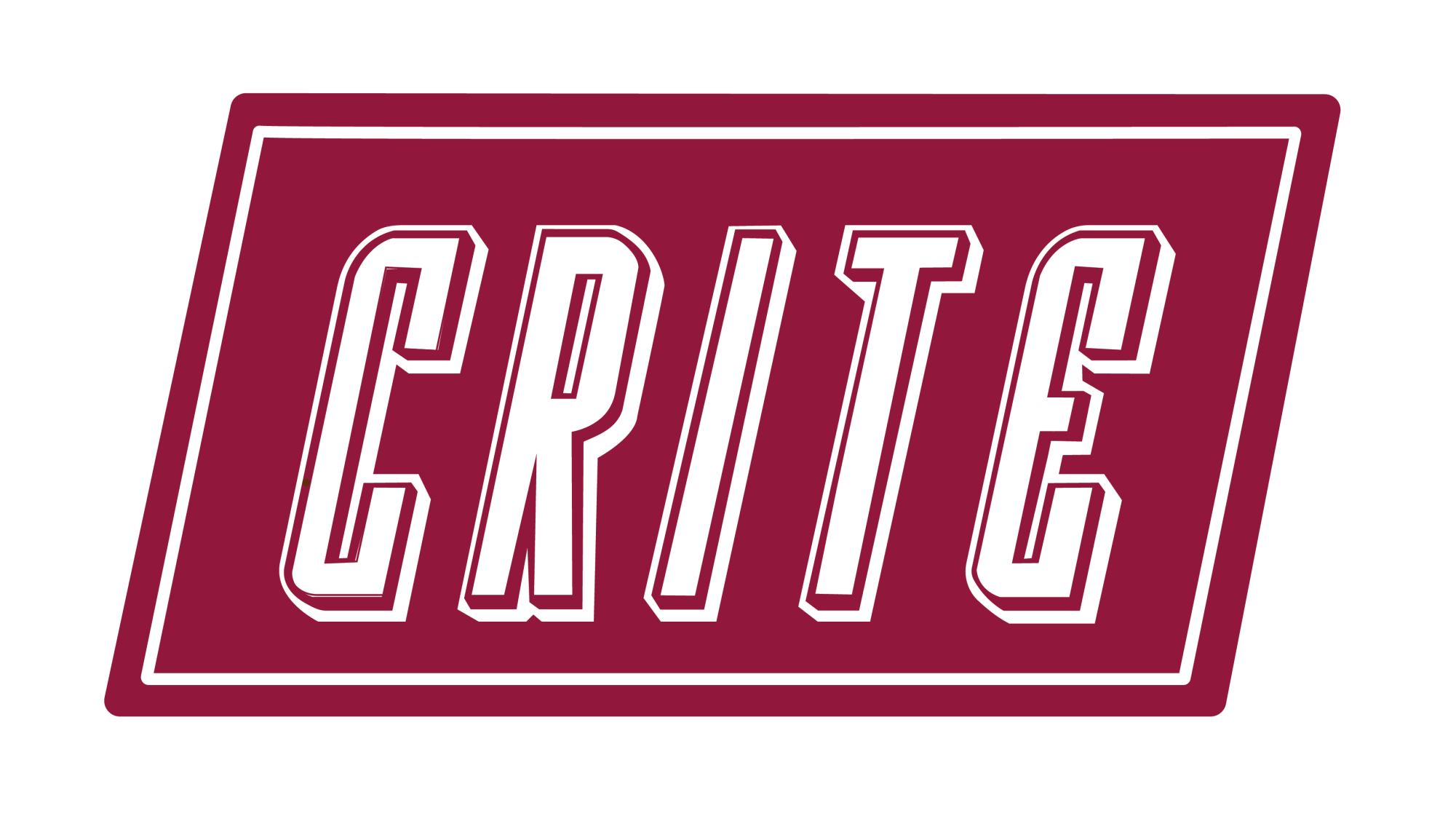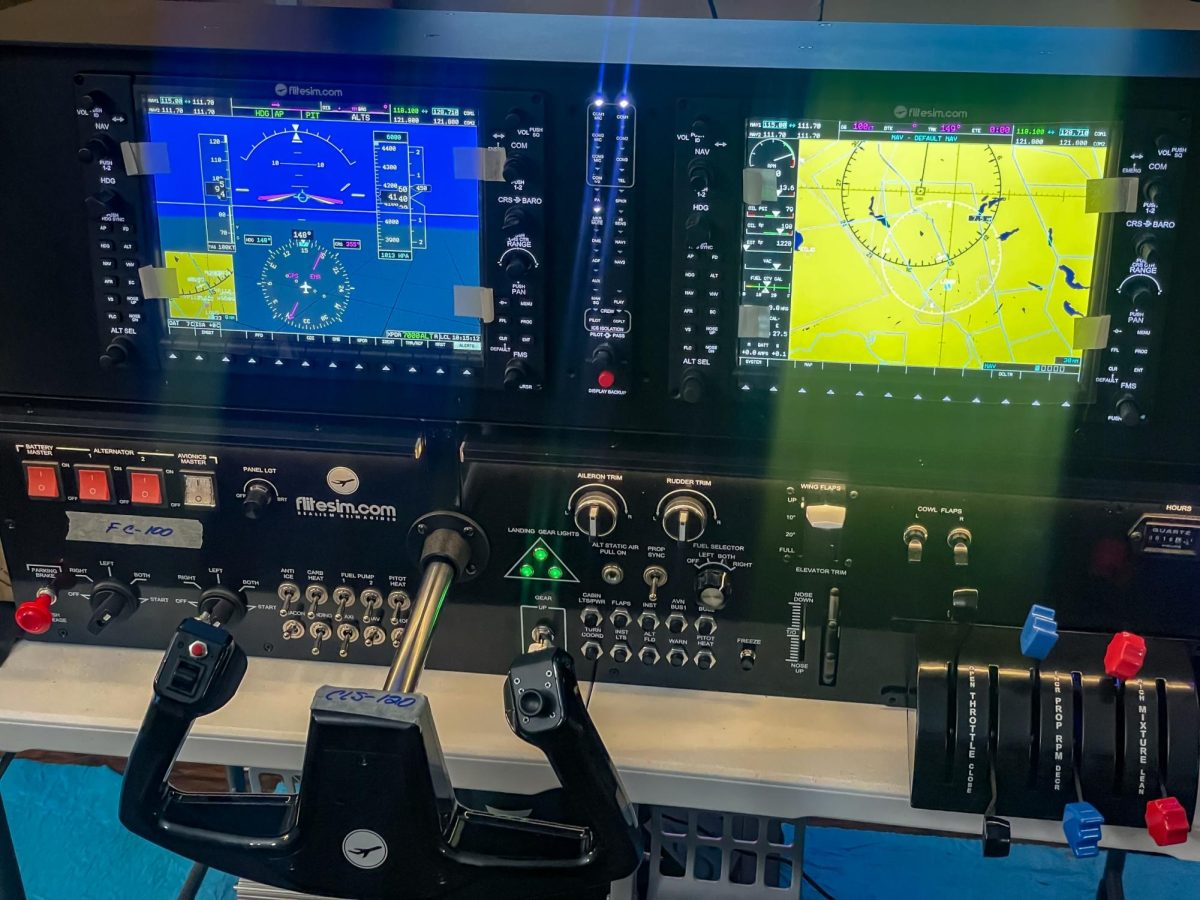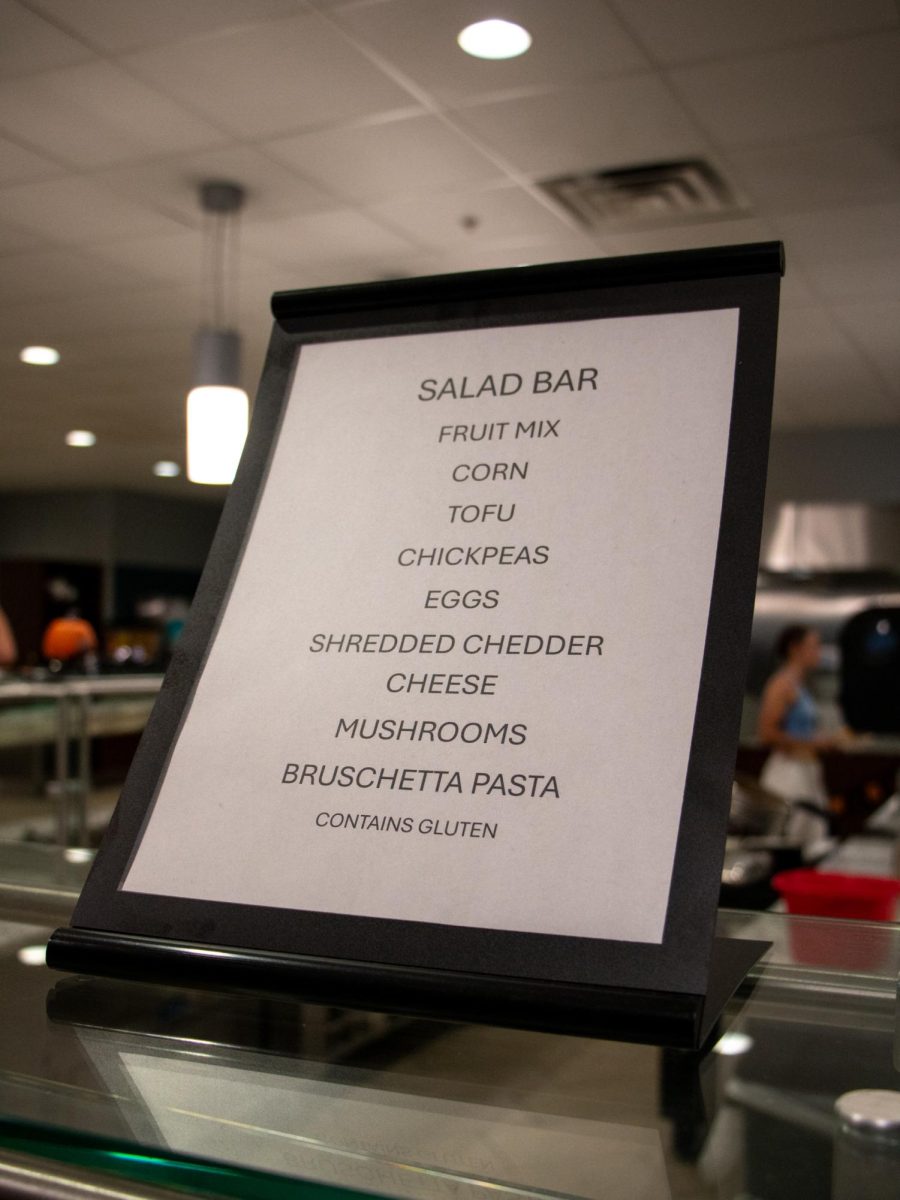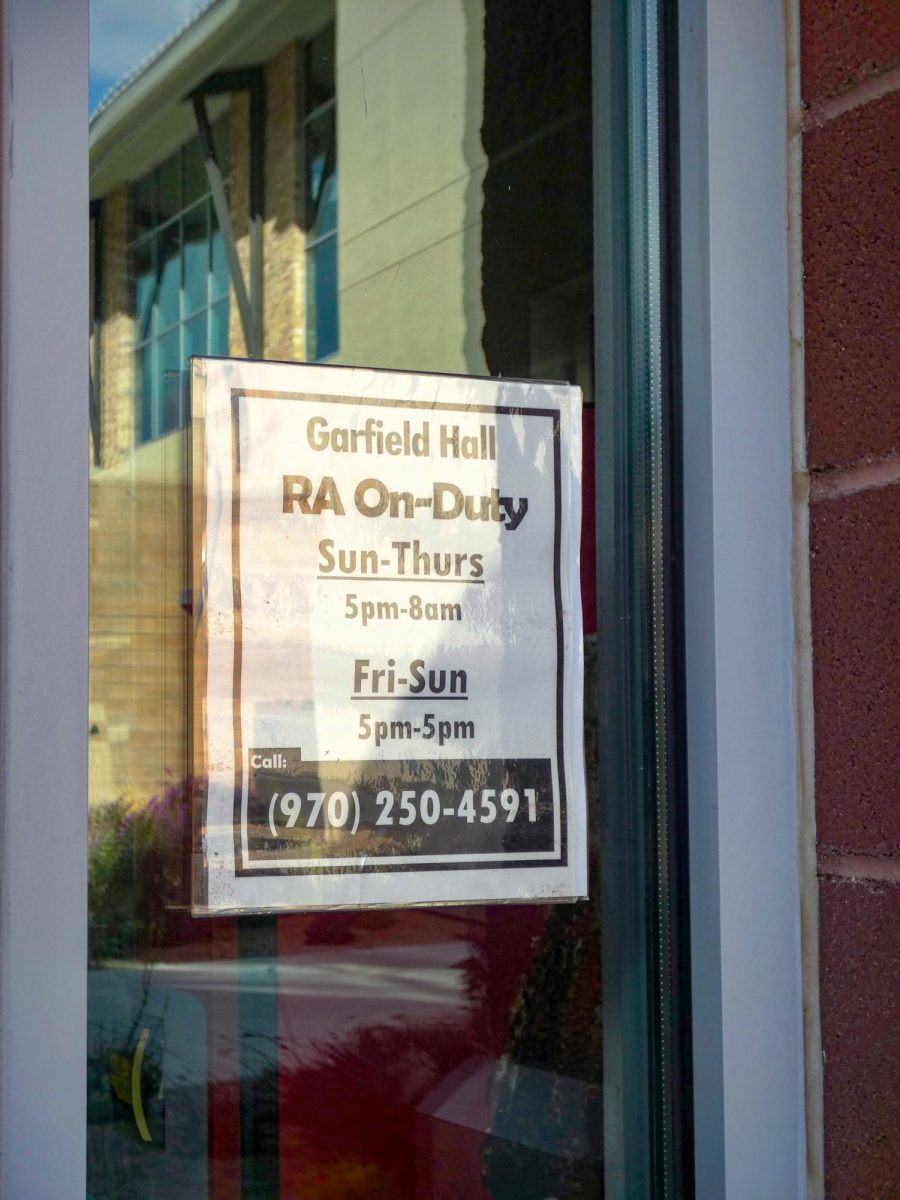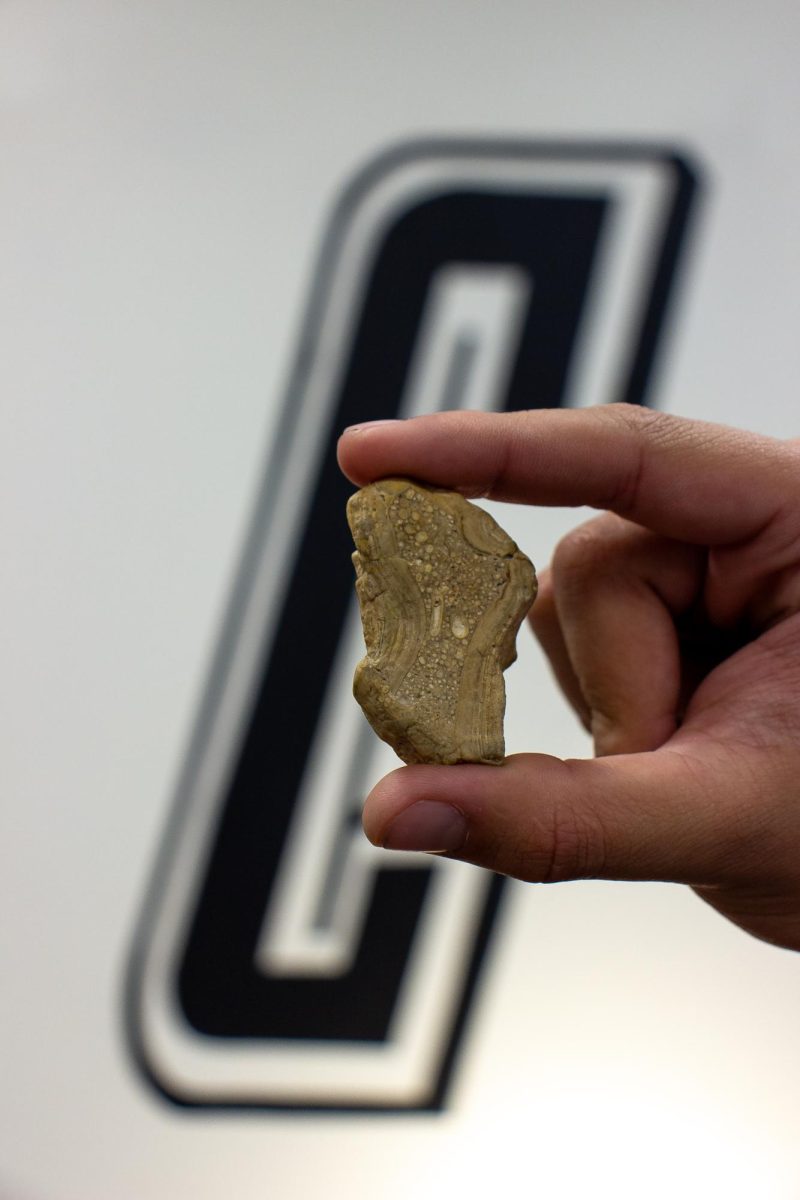A new CMU Tech course is targeting female students with an interest in flight simulation technology. Since Grand Junction currently lacks a modern simulated flight program, this class aims to transition any interested students between beginner and advanced-level coursework.
CMU Tech’s Garmin simulators closely mimic the conditions of real-world planes. This provides students an accessible introduction to real-world aviation skills without the cost of planes and fuel.
This new opportunity is available to students of all demographics.
“The class is accessible to anybody, from our youngest student, Taj, who is 14, to an older retired gentleman,” class instructor and veteran pilot Dell Dhabot said.
Younger students may be able to advance onto their pilot license early. With Taj’s current training, he may be able to solo fly at sixteen. Older students can experiment with flying as a career option while working towards their pilot licenses.
However, Dhabot hopes the classes can specifically draw in underrepresented groups, such as female pilots.
“Over the next year to five years, we need around 25,000 new pilots, and with only 7% of the pilot population being female, we need to encourage more people and diversity within the industry,” Dhabot said.
As a military serviceman, the cost of Dhabot’s education was around a million dollars. He believes simulated education is a cheaper, quicker and more efficient route for students interested in becoming pilots.
“The simulation allows for students to quickly attain their license, as simulations follow regulations and work without using plane resources,” Dell said. “Simulators at the airport are $70 an hour and our class is two hours and much cheaper, and without an instructor. It may be up to $140 an hour with an instructor.”
Simulated flying can also be logged as flight time or as an introduction to aviation and the physics of a simulated flight are nearly identical to real world ones.
Throughout the course, students are taught physics, engineering, thermodynamics, math and other fields to grasp a complete understanding of how aircrafts work. Students also grow familiar with aerodynamics and many different plane models.
External resources, such as the Pilot Institute Airplanes, were also utilized to complement Dell’s personal experience and the flight simulation technology.
Different planes, from commercial airliners to caravans, require the usage of the Garmin software’s advanced technology in order to be simulated. The technology can mirror many aircraft types and produce makeshift obstacles for students to navigate through.
In terms of the software, students can also plot advanced courses with its multi-functional display. After setting up their route, a simulated display of a pilot’s view appears. This mode puts the aircraft’s instruments onto the screen, along with a map and terrain details.
Some additional features include speeds for flights that mimic real world airports, as well as technique walkthroughs that simulate proper plane landings.
In contrast to the new technology, most of the planes at Grand Junction’s Walker Field use an older six-pack system. This system may be outdated due to the increasing prevalence of multi-functional systems.
One of the course’s training systems is the GTN Trainer, which uses the Garmin software system. This allows students to advance on a multi-functional system instead of a traditional six-pack. Multi-functional systems are designed to be intuitive. This has made them especially popular amongst real-world plane owners.
The Garmin system is also used when operating advanced aircrafts. Students in the program report often only interacting with six-pack systems in real-life.
The historical culture of flight is also an experience that is incorporated into the class. Television shows depicting flight are streamed, and feature old aircraft used in the likes of the Korean war. Spy plans are also featured, alongside modern commercial fliers.
The class currently runs from 5:30-7:30 p.m. on Mondays and Wednesdays at the CMU Tech campus. While currently small, Dell hopes the accessibility and cost of the course will draw more students into aviation.
“Aviation has so many avenues to adventure into,” Dell said. “Refurbishing old planes, air shows, commercial, military, retrieve and rescue, environmental, and I hope this class will inspire passion for all of these fields.”


